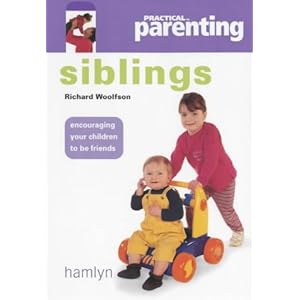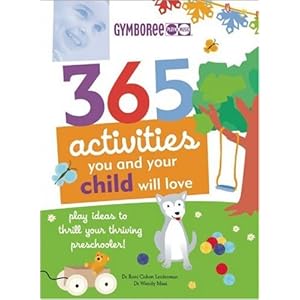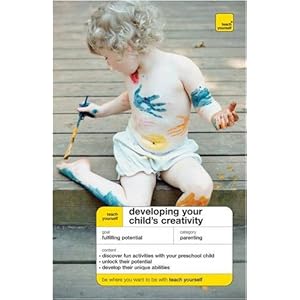I read an article about "Permaculture Parenting" in "The Green Parent" magazine and started thinking about the permaculture principles and how they apply to my life.
 I've had a look at The Permaculture Association website.
I've had a look at The Permaculture Association website.
The main principles (from "Permaculture - principles and pathways, beyond sustainability" by David Holmgren) are:
Observe and Interact - observe natural and social patterns, allowing us to work with nature rather than against. So for example, in the garden it's best to observe for a while, then make a small action and see what the result is, then observe again before deciding to do something else. With children, observe them, watch them learning all on their own, then interact only as required. I've seen so many posts on the parenting forum that I am part of about "What we need to do to entertain our children" or to "make sure they develop". Children are naturally programmed to learn and to develop at optimal level (same as plants are naturally programmed to grow), all we need to do is set up the right conditions, observe, and interact only where necessary.
 catch and store energy - this is about making hay while the sun shines. For a bank account, it would be about how to increase the capital, rather than how to spend the interest. For my life, it's about things like collecting seeds for the following year, using abundant crops (including free wild cherries and raspberries from the woods) to make preserves and jams for the season when they aren't so readily available.
catch and store energy - this is about making hay while the sun shines. For a bank account, it would be about how to increase the capital, rather than how to spend the interest. For my life, it's about things like collecting seeds for the following year, using abundant crops (including free wild cherries and raspberries from the woods) to make preserves and jams for the season when they aren't so readily available.
obtain a yield - This is about planning to produce something. Don't waste time and effort doing something with no reward. Fine, plant pretty plants, but include things that give you a real outcome, like fruits and veg as well. Preferably functional and fun/pretty. So for me, we're talking about planting more useful plants (and then of course actually using them!), and also not wasting too much time on things which aren't useful (like watching TV). And of course we want to make crafty and arty things just for the sake of making something beautiful or doing something relaxing, but ultimately it's even better if it's also functional.
apply self-regulation and accept feedback - We reap what we sow. I think this one is about limiting consumption to what we can reasonably expect the earth to provide, and by designing self sustaining systems that don't require too much input. I'm not entirely sure... I suppose for me it's about planting hardy perennials and self-seeding annuals in the garden as much as possible to save constantly buying and planting. And planting ground cover plants to prevent too much weeding. For the household it's about getting the house as energy efficient as possible. And encouraging the children when they are little to treat household tasks/chores as part of everyday life, so that in the future they'll just get on with them rather than making a fuss.
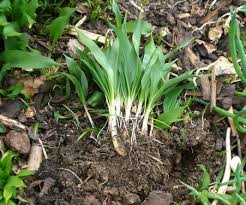 use and value renewable resources and services - making the best use of natural resources without depleting them. So for example, harvest wild plants - but leave plenty there for the future. Make use of junk mail for arts and crafts (I know it's not renewable where it comes from, but it's a resource which comes free to our home whether we like it or not, and our stock of it keeps renewing itself).
use and value renewable resources and services - making the best use of natural resources without depleting them. So for example, harvest wild plants - but leave plenty there for the future. Make use of junk mail for arts and crafts (I know it's not renewable where it comes from, but it's a resource which comes free to our home whether we like it or not, and our stock of it keeps renewing itself).
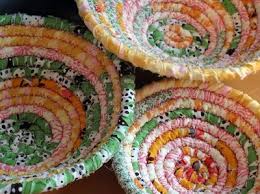 Produce no waste - waste is just unused output. One of the keys of permaculture is that output should become input somewhere else in a cycle. So don't throw stuff out - make it into something useful instead and save yourself buying something, thus reducing input. For me we're talking about old clothes and food packing being used for crafts and to make gifts, and about food scraps making compost which is then used to grow more food.
Produce no waste - waste is just unused output. One of the keys of permaculture is that output should become input somewhere else in a cycle. So don't throw stuff out - make it into something useful instead and save yourself buying something, thus reducing input. For me we're talking about old clothes and food packing being used for crafts and to make gifts, and about food scraps making compost which is then used to grow more food.
design from patterns to details - big picture here. This is the beauty of permaculture principles in the first place - they are patterns and principles that can be applied to different areas of life. I guess this means that in the house when designing our decor we are aiming for an overall pattern of eco-sound-ness, good storage, warmth, lived-in look - and so the details need to fit in with this. In the garden we are aiming for child-friendly, low-maintenance, eco-diverse, pretty, high yield - and again the details need to fit with this. In our children we are aiming for independent thinking, confidence, happiness, caring attitudes - and so our expectations and input at an early age needs to nurture these principles.
integrate rather than segregate - relationships between things are as important as the things themselves. A system needs to be about the web of connections between the components. It's important that needs are met by a range of elements or inputs rather than just one (failure would then be a minor setback rather than a disaster). Conversely each element or input should have a range of functions. Items or elements should be located in a convenient place for their functions. In my local area I had been a bit isolated. I am now getting the hang of being part of a community and making mutually beneficial links. It means that if I need to go to a Dr appointment I have a range of people to ask to babysit, and in return I babysit for them when needed. It means that if I do some copywriting for an electrician (I'm more in hope than reality now), then I could ask them to check the lights in our guest bathroom in return rather than paying me. It's all about the connections.
 use small and slow solutions - Slow and steady wins the race. Start small and see where it goes, then go on to the next step. I've made my vegetable raised beds. I should wait until I have them successfully producing veg before I try to grow veg anywhere else.
use small and slow solutions - Slow and steady wins the race. Start small and see where it goes, then go on to the next step. I've made my vegetable raised beds. I should wait until I have them successfully producing veg before I try to grow veg anywhere else.
 use and value diversity - Diversity of ecosystem. Diversity of culture. You name it - diversity is good. In my life then. Plant a range of vegetables, not just one type of lettuce but several. Several types of raspberries. Preserve some raspberries by freezing, some as jam and some by pickling or whatever! If one lot fails then the others might be okay. Read a wide range of genres of books. In the community get to know and make those links with a diverse range of people - not just through Scouts, but through Toddlers as well, and friends of friends, and ex-colleagues and....
use and value diversity - Diversity of ecosystem. Diversity of culture. You name it - diversity is good. In my life then. Plant a range of vegetables, not just one type of lettuce but several. Several types of raspberries. Preserve some raspberries by freezing, some as jam and some by pickling or whatever! If one lot fails then the others might be okay. Read a wide range of genres of books. In the community get to know and make those links with a diverse range of people - not just through Scouts, but through Toddlers as well, and friends of friends, and ex-colleagues and....
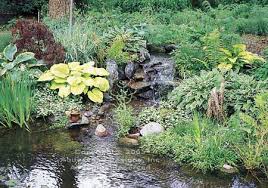 use edges and value the marginal - Oh! As a marginal kind of person I love the sound of this one! Just because the path is well-trodden it doesn't mean it's going in the right direction. Certainly this is true if you're trying to navigate your way through thick woodland with a compass! The place where two systems meet is always more productive than either system on their own - so arrange for a bigger edge! This means more overlap between different groups of people, more fusion cookery, more meeting new people and trying new things. Long live the edge, and the marginal.
use edges and value the marginal - Oh! As a marginal kind of person I love the sound of this one! Just because the path is well-trodden it doesn't mean it's going in the right direction. Certainly this is true if you're trying to navigate your way through thick woodland with a compass! The place where two systems meet is always more productive than either system on their own - so arrange for a bigger edge! This means more overlap between different groups of people, more fusion cookery, more meeting new people and trying new things. Long live the edge, and the marginal.
creatively use and respond to change - Vision is seeing things not as they are, but as they could be. We know that the changes in season are coming, they come every year - so plan with them in mind. We know that this shrub or that will grow to be a lot bigger - so plan with that in mind. The Toddler group that I belong to hadn't really planned for when the older ones went to pre-school, we hadn't done any promotion so now we are very small. We have responded by promoting ourselves now, but also by promoting ourselves as a lovely cosy group rather than the mega-busy one in the next village along! I know that it will only be a few months and Little Sister will have a more settled pattern of napping and sleeping in the evening, and so I'm already planning for that change (and doing what I can to promote it).
I'm loving the concept. Big C just asked what I was blogging about and then asked me to explain what permaculture was. I'm not sure I did a very good job - he glazed over and said it sounded "a bit hippyish". I can't argue with that, but the permaculture principles do seem to make sound sense to me, and I think they are the kind of waymarkers that I tend to follow anyway.







